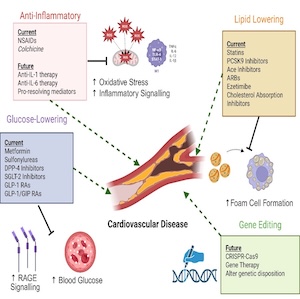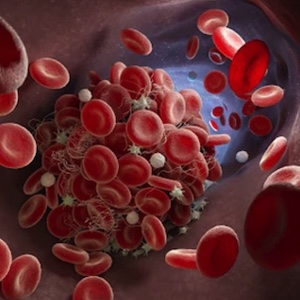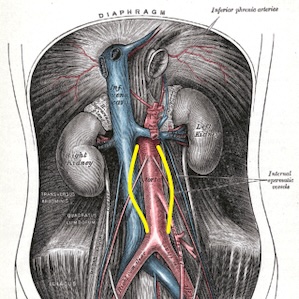Reviews
Vol. 3 No. 3 (2024)
The use of creatine and the development of deep vein thrombosis. A scoping review

Publisher's note
All claims expressed in this article are solely those of the authors and do not necessarily represent those of their affiliated organizations, or those of the publisher, the editors and the reviewers. Any product that may be evaluated in this article or claim that may be made by its manufacturer is not guaranteed or endorsed by the publisher.
All claims expressed in this article are solely those of the authors and do not necessarily represent those of their affiliated organizations, or those of the publisher, the editors and the reviewers. Any product that may be evaluated in this article or claim that may be made by its manufacturer is not guaranteed or endorsed by the publisher.
Received: 16 June 2024
Accepted: 24 October 2024
Accepted: 24 October 2024
3959
Views
431
Downloads
Similar Articles
- Giovanni de Gaetano, Well begun is half done , Bleeding, Thrombosis and Vascular Biology: Vol. 1 No. 3 (2022)
- Nadim Tawil, Lata Adnani, Janusz Rak, Coagulome and tumor microenvironment: impact of oncogenes, cellular heterogeneity and extracellular vesicles , Bleeding, Thrombosis and Vascular Biology: Vol. 3 No. s1 (2024)
- Agnes Y.Y. Lee, Venous thromboembolism treatment in patients with cancer: reflections on an evolving landscape , Bleeding, Thrombosis and Vascular Biology: Vol. 3 No. s1 (2024)
- Anna Falanga, Hugo Ten Cate, Bianca Rocca, How to manage antithrombotic treatments in thrombocytopenic patients with cancer. Comments on the European Haematology Association guidelines , Bleeding, Thrombosis and Vascular Biology: Vol. 2 No. 1 (2023)
- Marco Marietta, Giancarlo Castaman, Comments on “Safe and effective anticoagulation use: case studies in anticoagulation stewardship” , Bleeding, Thrombosis and Vascular Biology: Vol. 4 No. 2 (2025)
- Giovanni de Gaetano, Maria Benedetta Donati, Americo Bonanni, SISET50: trajectories of hemostasis and thrombosis in Italy 1970-2020 , Bleeding, Thrombosis and Vascular Biology: Vol. 4 No. 1 (2025)
- Gary E. Raskob, Risk of recurrent venous thromboembolism in cancer patients after discontinuation of anticoagulant therapy , Bleeding, Thrombosis and Vascular Biology: Vol. 3 No. s1 (2024)
- Gualtiero Palareti, The diagnostic procedure for subjects with suspected pulmonary embolism. A recent comparison among the recommendations available from the international guidelines , Bleeding, Thrombosis and Vascular Biology: Vol. 3 No. 1 (2024)
- Cristina Santoro, Alessandro Casini, Addressing some challenges of congenital fibrinogen disorders in 2023 and beyond , Bleeding, Thrombosis and Vascular Biology: Vol. 2 No. 3 (2023)
- Domenico Prisco, Irene Mattioli, Raffaele De Caterina, Alessandra Bettiol, The new era of anticoagulation: factor XI and XII inhibitors , Bleeding, Thrombosis and Vascular Biology: Vol. 2 No. 2 (2023)
You may also start an advanced similarity search for this article.














